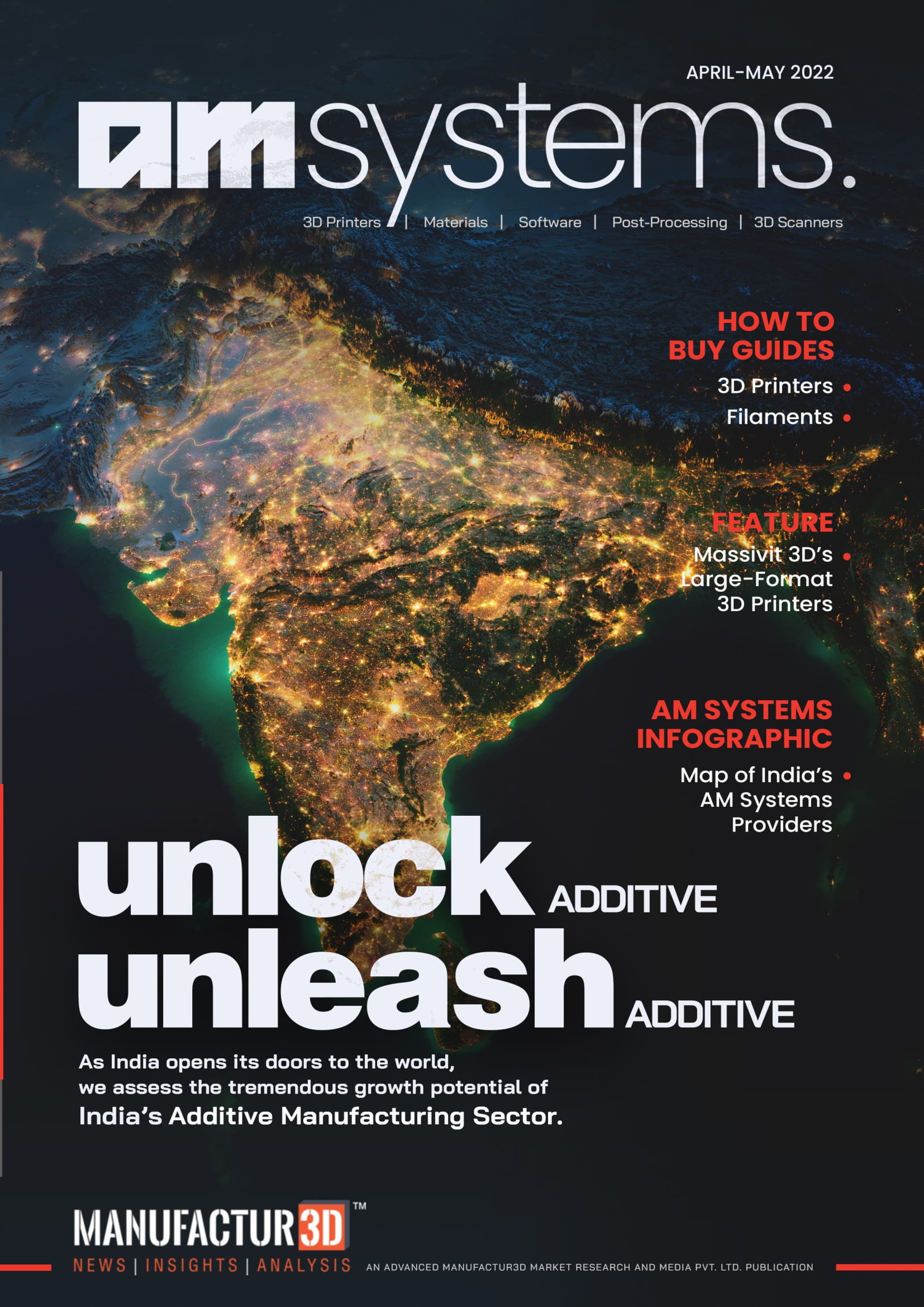In an official release, Renishaw shows how it helped Egan Dental Laboratory to develop a robust additive manufacturing process for Removable Partial Dentures (RPDs).
BACKGROUND
Egan Dental Laboratory, a family run business based in Yorkshire, United Kingdom supplies dentists with chrome frameworks, from a one-tooth denture to implant-supported prostheses.
“Egan Dental Laboratory is a small group of talented technicians producing high-end prostheses,” explained Gill Egan, Managing Director of Egan Dental Laboratory. “The company has remained as a small business, working with clinicians on an individual basis to provide the best possible service.”
Aware of the trend in crown and bridge dentistry towards a fully digital workflow, Egan Dental Laboratory felt it was time for chrome frameworks to join the digital revolution. The laboratory turned to Renishaw to develop a robust additive manufacturing process for RPDs.
THE CHALLENGE
The laboratory was using traditional methods to manufacture and design its prostheses by using such processes as the lost wax technique. This manual process took the technicians two hours to complete each cast chrome framework. A wax pattern is created of the prosthesis, sprued, invested and turned into a mould. The metal is then cast, desprued, finished and polished to produce the chrome.

Above: A cluster of various removable partial dentures designed by Gill Egan/Image Credit: Renishaw
Lost wax casting is prone to error. One reason for this is that, when casting metal by hand, the cobalt chrome material shrinks on cooling. The technician must make models based on this principle, using expansion liquid so that when the metal shrinks during casting, the resulting RPD still fits. Another problem with casting by hand is that the denture is constrained by manufacturing limitations, making it difficult to achieve a thin cross section. Attempting to do so often results in the deformation of the prosthesis.
Errors can also be introduced if the molten metal doesn’t enter the mould cleanly, causing frames to be incomplete. There is also a risk of porosity if the molten metal is overheated, which can also cause the introduction of excessive carbon, which can lead to structural weaknesses.
Egan Dental Laboratory believes the most accurate method to produce removable partial dentures is additive manufacturing.
The new, digital process begins when a technician draws on the master model by hand and uses a scanner (such as 3Shape, DOF, Medit) to begin the computer aided-design (CAD) design. At the push of a button, the design is sent for manufacture.

Above: Removable partial denture incorporating a palatal obturator, design by Gill Egan/Image Credit: Renishaw
Using Renishaw’s additive manufacturing system, the denture is built using laser powder bed fusion (LPBF). A high-powered ytterbium fibre laser beam is focussed onto the powder bed, selectively melting 40-micron layers of cobalt chrome powder until the complete component has been built.
“As well as the immense saving in time, the laboratory is now able to produce RPDs that are lighter, stronger and more flexible than hand-cast dentures,” continued Egan. “This is better for the patient, as they have a lighter, more comfortable fit. We’ve also had dentists report that they are experiencing less fracturing of the clasp and that when their patients come back for check-ups, the RPDs have held their shape and the clasp does not require tightening.”

Above: Removable partial dentures being removed from a build plate/Image Credit: Renishaw
“Around 95 per cent of metal partial dentures are cast,” added Chris Dimery, Sales Manager, Medical Dental Products Division, Renishaw plc. “This traditional process results in thick, bulky chrome frameworks that are not ideal for the dentist or the patient. Because of this, the industry is searching for alternatives. Additive manufacturing enables metal RPDs to be smaller and more discrete. Additively manufactured chrome frameworks are exactly what the market needs: better for the surgeon, patient and dental laboratory.”
“Working with Renishaw has been amazing. We have developed a process and a product that brings RPDs into the digital revolution and I urge the rest of the dental industry to grab digital technology with both hands. As an industry we must move forward — additive manufacturing provides the ideal platform for us to achieve this,” concluded Egan.
About Manufactur3D Magazine: Manufactur3D is an online magazine on 3D Printing. Visit our Case Studies page for more interesting 3D Printing Case Studies. To stay up-to-date about the latest happenings in the 3D printing world, like us on Facebook or follow us on LinkedIn.



